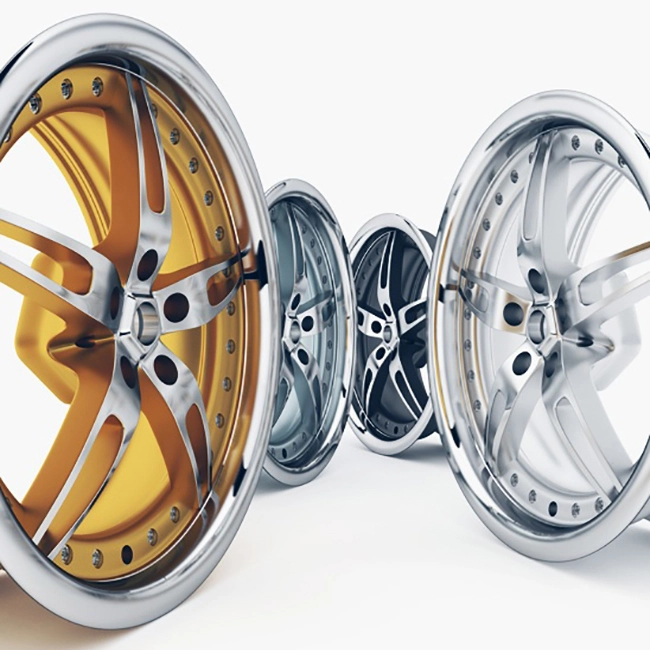metric oil seals
Understanding Metric Oil Seals A Comprehensive Overview
Oil seals, also known as radial shaft seals, are vital components in numerous mechanical systems, playing a critical role in preventing the leakage of lubricants and protecting machinery from contaminants. Among various types of oil seals, metric oil seals have garnered significant attention due to their specific design and applications in different industries, particularly in Europe and Asia.
What Are Metric Oil Seals?
Metric oil seals are designed according to the metric measurement system, which is widely used globally. These seals are typically made of materials like rubber, silicone, or polyurethane, chosen for their durability and resistance to various chemicals and temperature extremes. The metric designation ensures that these seals will fit perfectly within systems designed with metric specifications, providing optimal performance.
Importance of Proper Sizing
One of the key aspects of using metric oil seals is ensuring the correct size. These seals are available in various diameters and thicknesses, tailored to fit different shaft sizes and housing configurations. An improperly sized seal can lead to leakage, reduced efficiency, and increased wear on both the shaft and the seal itself. Therefore, industries must utilize precise measurements when selecting metric oil seals, adhering to international standards such as ISO or DIN to ensure compatibility and functionality.
Applications of Metric Oil Seals
Metric oil seals are employed across a plethora of industries, including automotive, aerospace, manufacturing, and heavy machinery. In vehicles, for instance, they play a crucial role in engines, transmissions, and differentials, where they seal off lubricants and prevent dirt and debris from entering sensitive components. In industrial machinery, they help maintain oil levels in hydraulic systems and keep contaminants out of gearboxes, prolonging equipment life and ensuring reliable operation.
metric oil seals

Advantages of Metric Oil Seals
One of the primary advantages of metric oil seals is their excellent sealing capability. They are designed to withstand high pressure and varying temperatures, making them ideal for demanding environments. Additionally, metric oil seals reduce friction between moving parts, enhancing overall efficiency. The materials used in their production also provide resistance to aging and wear, which is crucial for minimizing maintenance costs.
Furthermore, their availability in standard metric sizes simplifies the procurement process for businesses. Companies can easily replace old seals with appropriate metric oil seals without worrying about custom fittings, thus reducing downtime and labor costs.
Installation and Maintenance
To achieve optimal performance from metric oil seals, proper installation is essential. Typically, they should be fitted into clean, smooth surfaces to prevent damage during installation. A slight lubrication can often help during the installation process, allowing the seal to slide more easily into place.
Routine maintenance is also crucial for ensuring the longevity of oil seals. Regular inspections help identify signs of wear, such as cracking or deformation. Prompt replacement of worn seals can prevent significant leaks and potential damage to the machinery involved.
Conclusion
Metric oil seals are indispensable components in countless machines and applications, offering reliable sealing solutions that protect against leaks and contamination. Their precise design and compatibility with metric systems make them a preferred choice in many industrial sectors. By understanding their importance, advantages, and maintenance requirements, industries can ensure operational efficiency and extend the life of their machinery. As technology advances, the quality and performance of metric oil seals will continue to evolve, making them even more integral to modern engineering solutions.
-
Simplifying Oil Changes: A Comprehensive Guide to Oil Drain Plugs and Their Variants
News Aug.04,2025
-
Mastering Oil Drain Maintenance: Solutions for Stripped, Worn, and Upgraded Oil Plugs
News Aug.04,2025
-
Fixing Oil Pan Plug Issues: Leaks, Stripped Nuts, and the Right Replacement Solutions
News Aug.04,2025
-
Everything You Need to Know About Oil Drain Plugs: Sizes, Fixes, and Upgrades
News Aug.04,2025
-
Choosing the Right Oil Drain Plug: A Guide to Sizes, Materials, and Drain Innovations
News Aug.04,2025
-
A Complete Guide to Automotive Drain Plugs: Types, Problems, and Innovative Solutions
News Aug.04,2025
-
The Ultimate Guide to Car Repair Kits: Tools and Essentials Every Driver Should Own
News Aug.01,2025
Products categories















